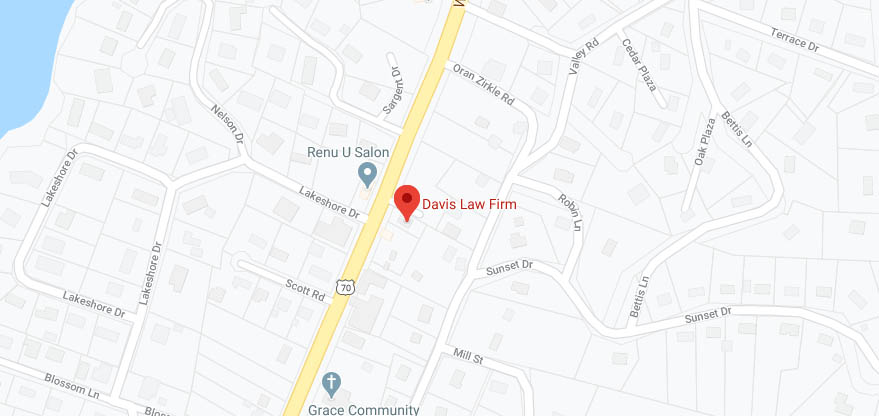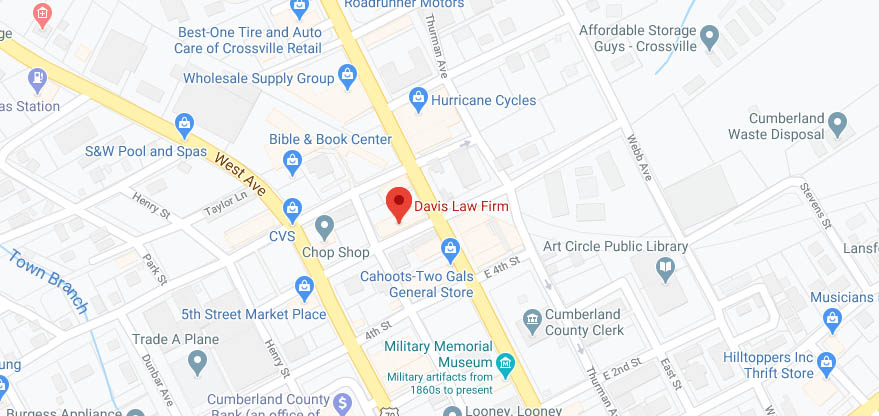The violent impact of a car accident is enough to fracture the spine. Almost any kind of spine fracture has the potential to cause damage to the spinal cord. The spinal cord is essential for communication between your brain and the rest of your body for movement, sensation, and involuntary processes. This is why many spinal cord injuries can lead to permanent and often life-threatening conditions. If you suffered this type of personal injury from a car accident caused by a negligent driver, talk to a Tennessee car accident lawyer about compensation.
Types of Spinal Cord Injuries
Spinal cord injury symptoms vary by the severity of the damage. There are complete and incomplete spinal cord injuries. Complete spinal cord injuries lead to a total loss of sensation and movement below the site of the damage. Incomplete spinal cord injuries only cause some loss of movement and sensation below the injury. Another term associated with these kinds of symptoms is paralysis.
Paralysis exists in two forms: tetraplegia/quadriplegia and paraplegia. Tetraplegia means your neck, arms, hands, legs, and pelvic region are paralyzed. Paraplegia means only your neck, legs, and pelvic region are affected. This can greatly interfere with daily life activities like work, sports, and participating in certain social activities that involve a lot of movement. Some people may have to find a new job if their former job requires physical labor.
These are not the only areas of life that can drastically change. Some people also lose the ability to control their bladder or bowels and others may experience sexual problems. If breathing is affected, a person may have to rely on a machine for breathing. In severe cases, lifelong nurse assistance will be required for basic care needs. In rare cases, some people are able to recover some movement or sensation, but this often requires intense treatment.
Treatments for Spinal Cord Injuries
Rehabilitation programs have been developed to help people with spinal cord injuries regain some of their strength. These programs use physical therapy and skill-building exercises to retrain the mind. Counseling is offered for emotional support for new life changes.
First, therapists tend to work on communication and limb strength. This may not work for everyone because certain cases of spinal cord damage may not be repairable. Physical therapy itself focuses on regaining muscle strength, which can lead to some return of movement.
There are also electronic devices that can make living with the aftermath of a spinal cord injury easier. Motorized wheelchairs with hand controls can let people move around on their own. Other adaptive devices include computer-assisted technology, electronic stimulators, and neural prostheses.





